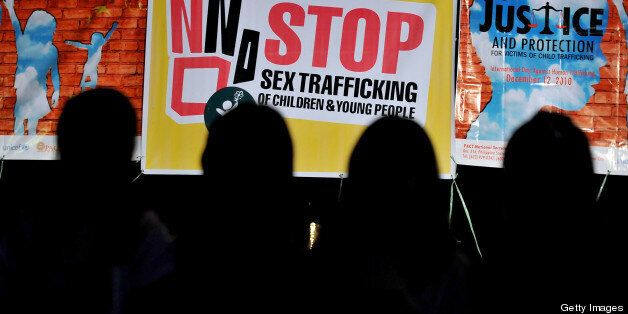
My first impression of Varanasi - the holiest city in the the Hindu world and one of the oldest inhabited cities in the world - is that someone has fire-hosed the entire place with colour. It's vibrancy here, multiplied.
The city is situated on the banks of the Ganges in the Indian state of Uttar Pradesh. Varanasi is three million people, temples and traffic, and wall-to-wall street vendors selling everything imaginable (a mid-day shave, if you like). Tiny windy walking streets are packed in late afternoon with people, mangy dogs, scrawny goats, and the ubiquitous cows, of course.
The 4pm temperature is around 40C (104F). On the banks of the river little girls are selling flowers, boys are batting balls with cricket bats. From a boat you can hear the laughter. There are fresh-water dolphins in the Ganges. There is serenity here.
Every Hindu aims to come to Varanasi at least once in their lifetime. Dedicated to the god Shiva, the ancient city is said to free you from bad karma. Hippies came here in droves in the 1960s. This is the India of Herman Hesse's novel Siddhartha. It's the birthplace of aromatherapy.
It's also the city of cremation. Each day 200-300 bodies are burned at two sites on the riverbanks. We see the burning bodies from our small boat excursion. There's flute music aboard, punctuated by the sound of dog fights back on land. The sunset is transcendental. You can see why Hindus believe that if you die here, your soul goes straight to heaven.
But this place is also hell.
Varanasi is a centre for human trafficking. They say statistics don't bleed, but in this case numbers do set up the story.
Between 21 and 28million people around the world are victims of the modern-day slave trade today. About a quarter of these individuals are caught up in the sex industry, the remainder in forced labour. Nearly 85% of all trafficking in the world can be found here in South East Asia.
Trafficking is a business with human beings sold as commodities.
Harvard scholar Siddharth Kara, in his book on The Business of Modern Day Slavery has done arithmetic for us. A typical Mumbai brothel can do about $US 260,000 a year. This takes into consideration 20 women who perform 10 sex acts each per day. There's calculation for the drinks (and occasional condom) purchased by the customer, bouncer fees, cost of making up beds, bribes for police, bail money for the women as well as for the drugs that keep the sex slaves addicted and sedated.
In Varanasi, you get a glimpse of an aspect of the problem. Here you encounter a nightmarish nexus: a densely populated area; poor, illiterate population; weak courts, and corrupt law enforcement. Add to this India's caste system that insists on marginalising people from the get-go.
Human trafficking and slavery take different forms. Extreme poverty tends to be the common denominator.
In Uttar Pradesh $10 to 15 can induce a desperate parent to give up a child to someone pretending they have a better life to offer.
I'm here in Varanasi with a small group of colleagues (from the End Fund and Razoo), hosted by Geneva Global and the Legatum Foundation. The latter two are deeply involved in projects that combat trafficking in Varanasi.
We've visited two villages outside the city - mud huts, thatched roofs and poverty comparable to what I've seen in rural Ethiopia. Traffickers are active in the area. In the case of one village, a dozen children have been kidnapped.
Mark Lagon, a Georgetown University professor and former senior State Department expert on the issue, sums up trafficking as "deceit, psychological terror, violence, robbed autonomy, and coarse degradation, if not actual chains and shackles."
Bonded labour is an immense problem in India. It rests on a simple formula: a family feels compelled to take a $50 loan from a land owner and is committed to work off the debt, in brick kilns, carpets, or agriculture, generally for a period of six to eight years.
"We have no money, no land," one villager tells us. "We're at their mercy, whether the landowners pay us at all." Slaves that try to escape get beaten or, in some cases, chucked into the kiln.
Back in the city we meet with ex-prostitutes who have been rescued and are trying to transition to a new life. One young girl's father was murdered by trafficking criminals, so unhappy were they over the loss of 'property' and revenue.
There's not much mercy to be found in the heart of the slave holder; even in Varanasi, the city of salvation.
But in this place serenity and hope are never killed off all together.
We visit a school for the children of sex workers supported by Legatum and Geneva Global. The kids "own" the building - they've painted every inch, brilliant splashes of colour. Every afternoon around 3pm, nearly a hundred rambunctious boys and girls crammed into one small room, are called by their teacher to settle down and meditate. After which they fall asleep, and nap together on the floor.
